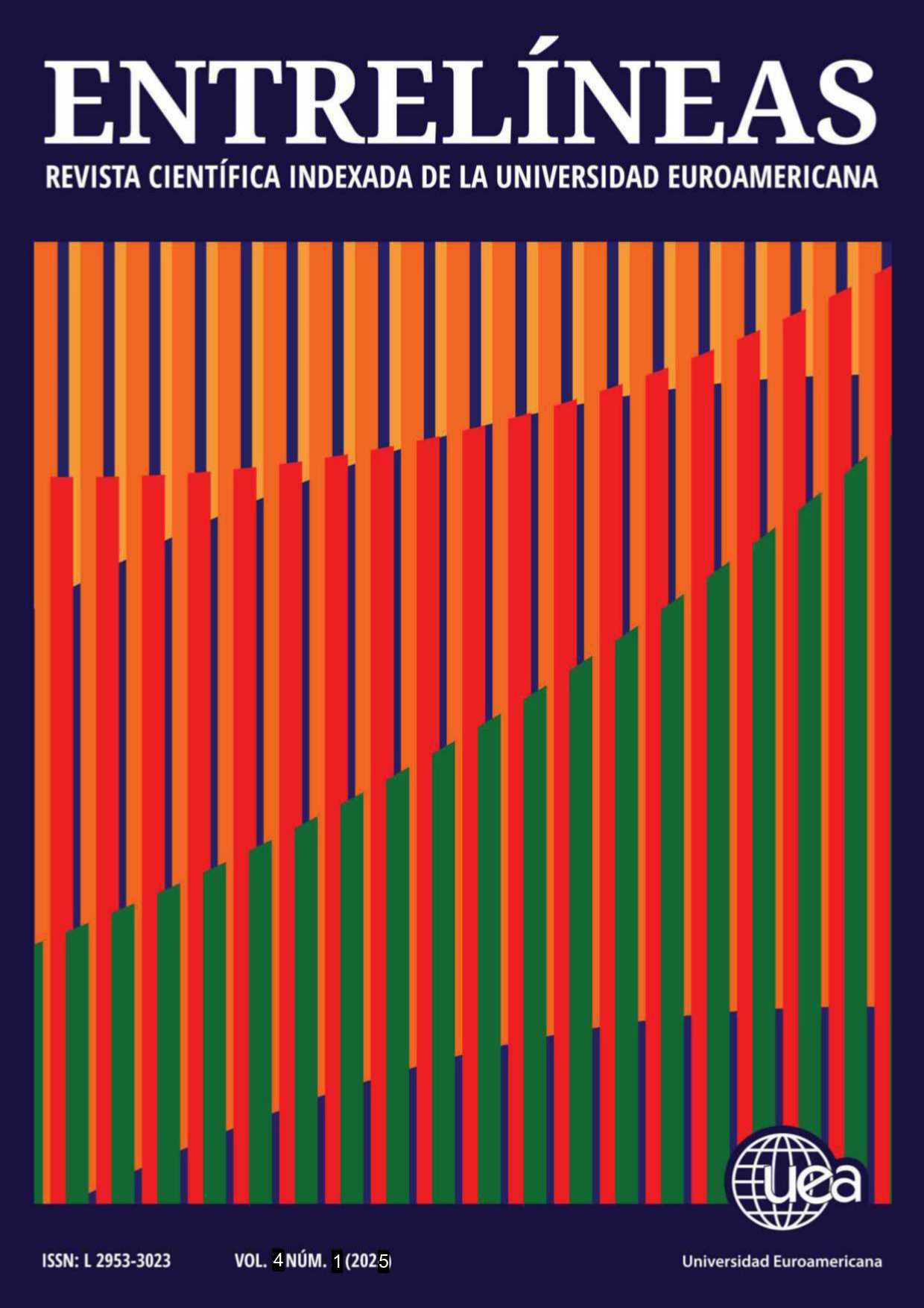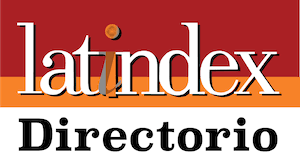Digital marketing in customer loyalty in shops in the Grand Station, Panama
DOI:
https://doi.org/10.56368/Entrelineas412Keywords:
Promotional strategies, customer loyalty, digital marketing, social networks, audience segmentationAbstract
The study analyses the influence of digital marketing on the loyalty of customers who frequent the shops in Gran Estación de San Miguelito, proposing the hypothesis that its use positively influences customer retention. Digital strategies such as social media and online promotions are studied and how they affect consumer loyalty. Using a quantitative approach, customer perception was assessed in 2024, applying Pearson's correlation to measure the relationship between digital marketing and loyalty. The results showed a significant positive correlation, although customer service and product quality remain among the most important in terms of retention. Five dimensions were identified: brand trust, influence on the purchase decision, digital experience and customer service, consistency between the brand and reality, and promotional strategies. Although digital presence improves loyalty, there are still barriers in the digitalization and segmentation of audiences. Digital marketing is necessary to build loyalty, but its effectiveness depends on the trust it generates, consistency with the customer experience, and the strategic use of promotions and personalization. Improving segmentation and automation is recommended to increase consumer loyalty.
Downloads
References
Argibay, J. C. (2009). Muestra en investigación cuantitativa. Subjetividad y procesos cognitivos, 13(1), 13-29. https://www.scielo.org.ar/pdf/spc/v13n1/v13n1a01.pdf
Chaffey, D., & Ellis-Chadwick, F. (2014). Marketing digital, estrategia, implementación y práctica. Pearson Educación de México.
George, D., & Mallery, P. (2019). IBM SPSS statistics 26 step by step: A simple guide and reference. Routledge. https://doi.org/10.4324/9780429056765 DOI: https://doi.org/10.4324/9780429056765
González, M. (2011). Mujeres y hombres. ¿Qué tan diferentes somos? DEBATES IESA, XVI(1), 1-5. http://virtual.iesa.edu.ve/servicios/wordpress/wp-content/uploads/2013/09/comprar.pdf
Hernández Lalinde, J. D., Espinosa Castro, F., Rodríguez, J. E., Chacón Rangel, J. G., Toloza Sierra, C. A., Arenas Torrado, M. K, Carrillo Sierra, S. M. & Bermúdez Pirela, V. J. (2018). Sobre el uso adecuado del coeficiente de correlación de Pearson: definición, propiedades y suposiciones. Archivos Venezolanos de Farmacología y Terapéutica, 37(5), 587-601. https://www.redalyc.org/journal/559/55963207025/55963207025.pdf
Higuero, M., Martinez, B., Martinez, R., Newsan, A., & Perén, J. I. (2020). Comportamiento peatonal en el entorno de la Estación del Metro de San Miguelito. SusBCity, 2(1), 25-30. https://acortar.link/Tb2UPr
Kemp, S. (2024). Digital 2024: Panamá. In DataReportal. https://datareportal.com/reports/digital-2024-panama?rq=panama
Kotler, P. & Keller, K. (2012). Dirección de marketing. Pearson Educación.
Kotler, P., & Armstrong, G. (2001). Marketing: edición para Latinoamérica. Pearson Educación.
Kotler, P., & Armstrong, G. (2018). Principios de marketing. Pearson Educación.
Kotler, P., Setiawan, I., & Setiawan, H. (2022). Marketing 5.0 versión Colombia: Tecnología para la humanidad. LID Editorial.
NTT Data. (2024). Marketing digital en América Latina 2024. https://ar.nttdata.com/insights/studies/marketing-digital-en-america-latina-2024
Oliver, R. L. (1999). Whence consumer loyalty? Journal of marketing, 63(4_suppl1), 33-44. https://doi.org/10.1177/00222429990634s105 DOI: https://doi.org/10.1177/00222429990634s105
Parasuraman, A., Zeithaml, V. A., & Malhotra, A. (2005). E-S-QUAL: A multiple-item scale for assessing electronic service quality. Journal of service research, 7(3), 213-233. https://doi.org/10.1177/1094670504271156 DOI: https://doi.org/10.1177/1094670504271156
Ryan, D. (2019). Guia para entender el marketing digital. Estrategias para persuadir a las nuevas generaciones. Editorial Trillas.
Solomon, M. R. (2008). Comportamiento del consumidor. Pearson educación.
Selman, H. (2017). Marketing digital. Ibukku.
Strauss, J. & Frost, R. (2012) E-Marketing. Pearson Prentice Hall.
Zeithaml, V. A., Bitner, M. J., & Gremler, D. D. (2002). Marketing de servicios: un enfoque de integración del cliente a la empresa. McGraw-Hill.
Downloads
Published
Issue
Section
License

This work is licensed under a Creative Commons Attribution-NonCommercial 4.0 International License.
You are free to:
- Share — copy and redistribute the material in any medium or format
- Adapt — remix, transform, and build upon the material
- The licensor cannot revoke these freedoms as long as you follow the license terms.
Under the following terms:
- Attribution — You must give appropriate credit , provide a link to the license, and indicate if changes were made . You may do so in any reasonable manner, but not in any way that suggests the licensor endorses you or your use.
- NonCommercial — You may not use the material for commercial purposes .
- No additional restrictions — You may not apply legal terms or technological measures that legally restrict others from doing anything the license permits.










